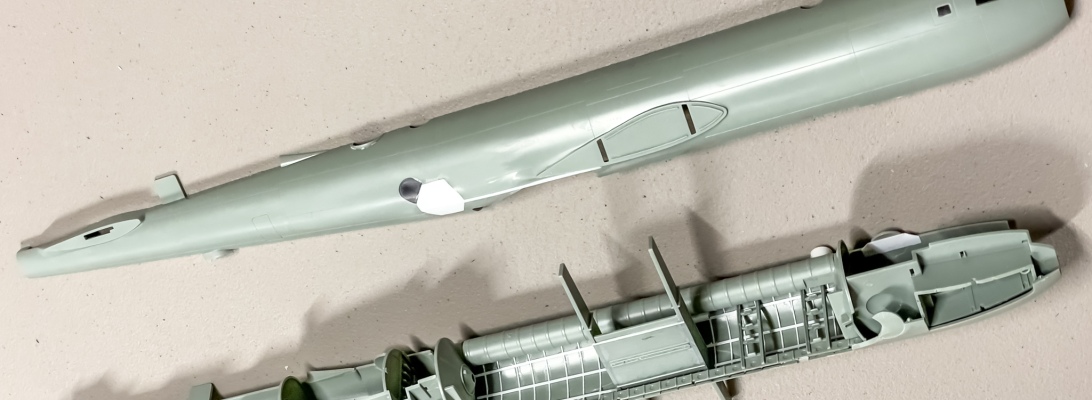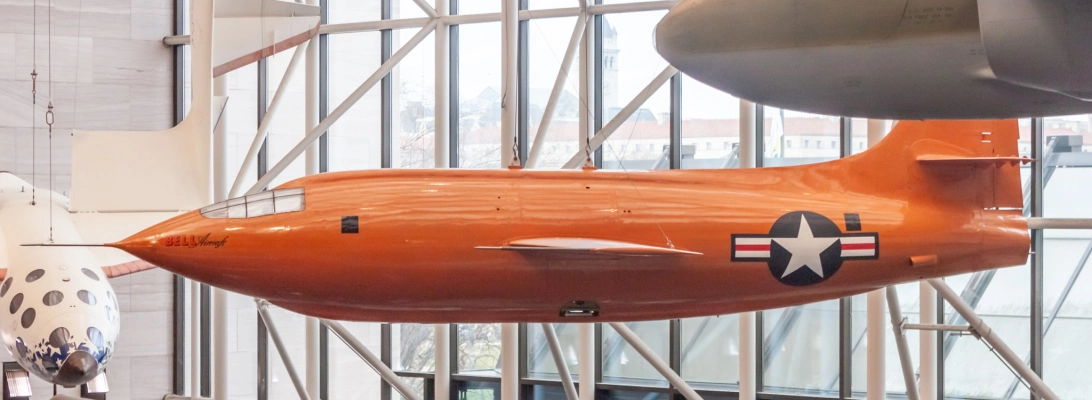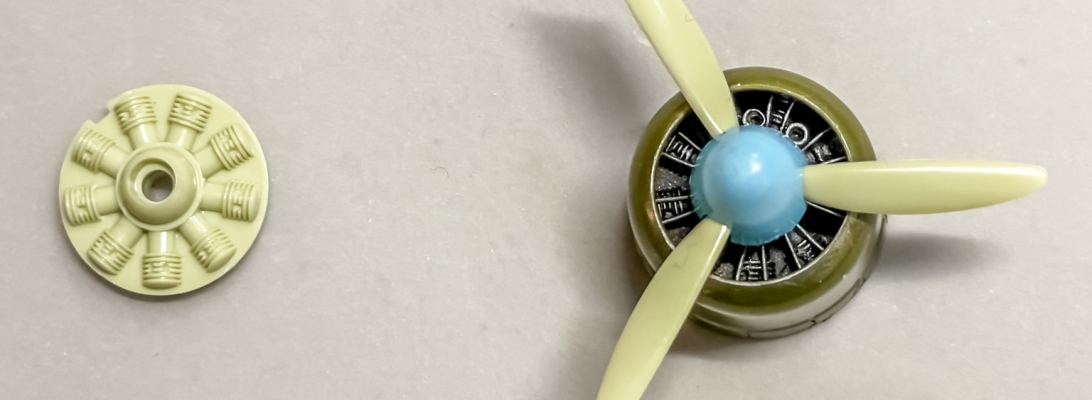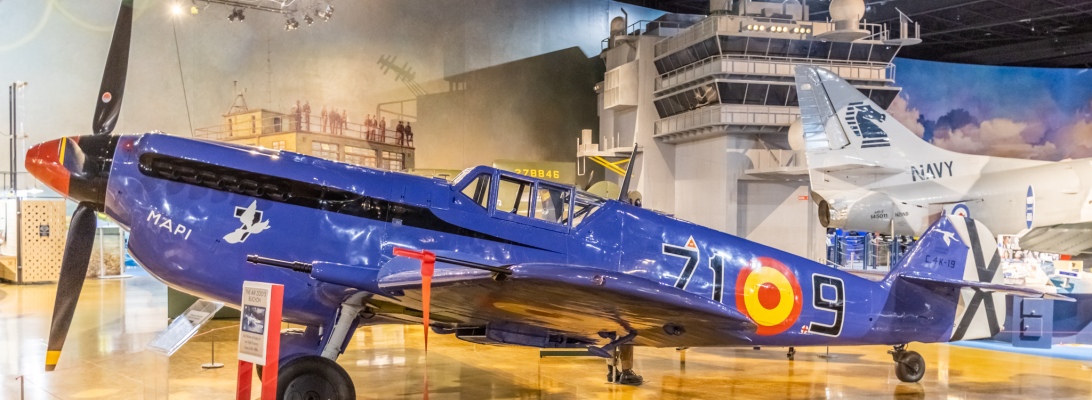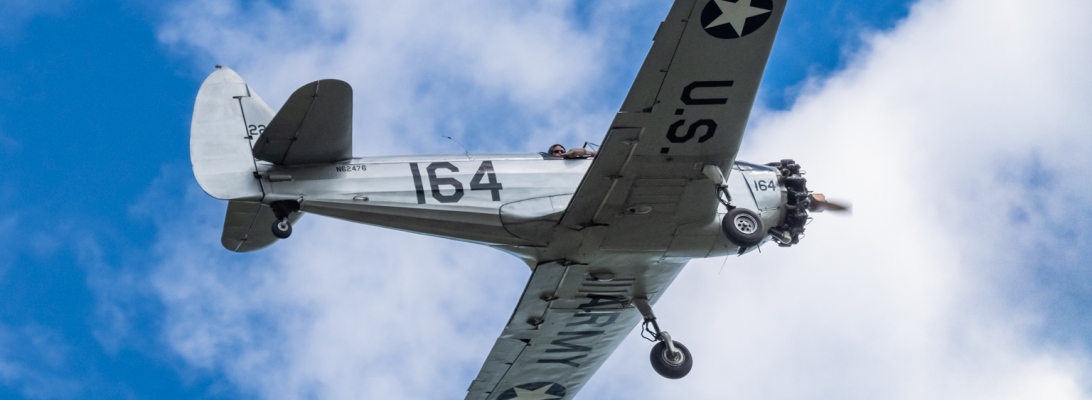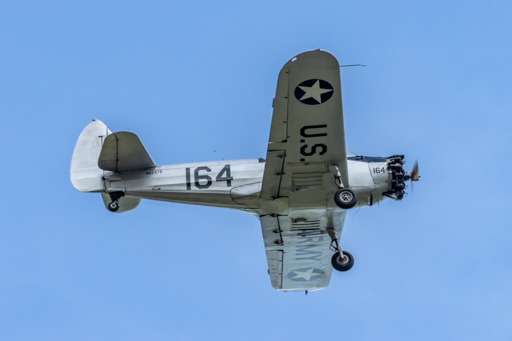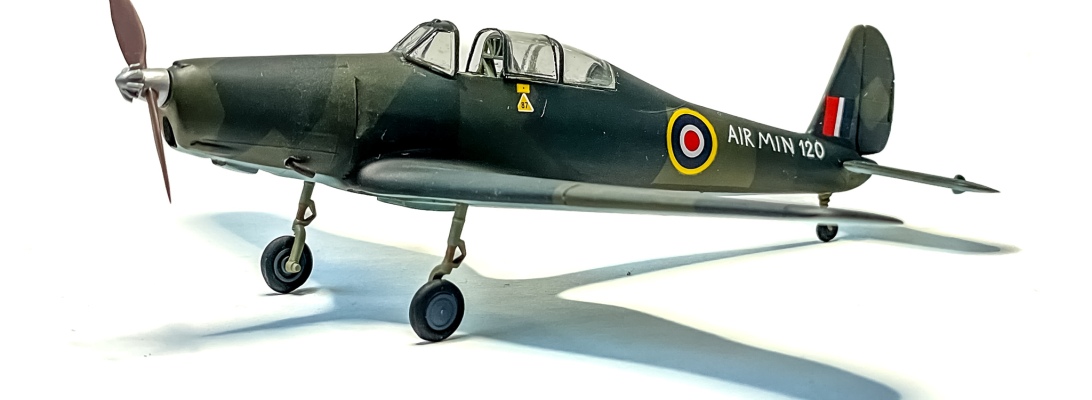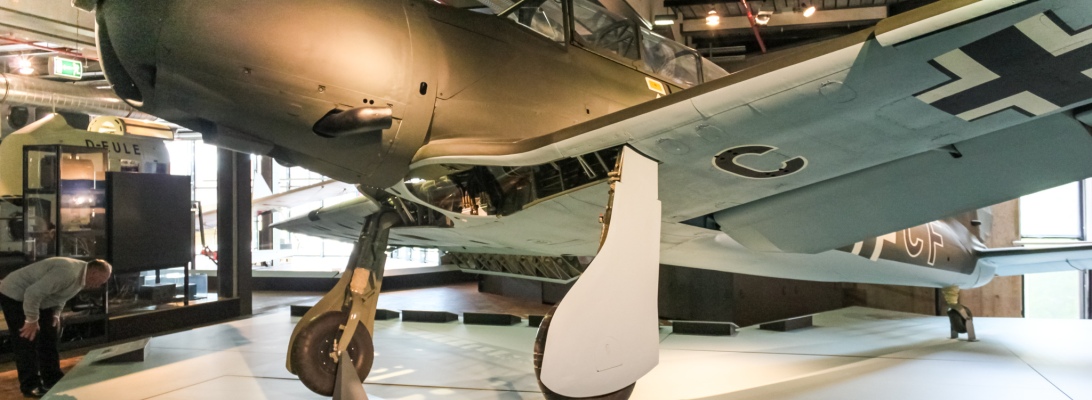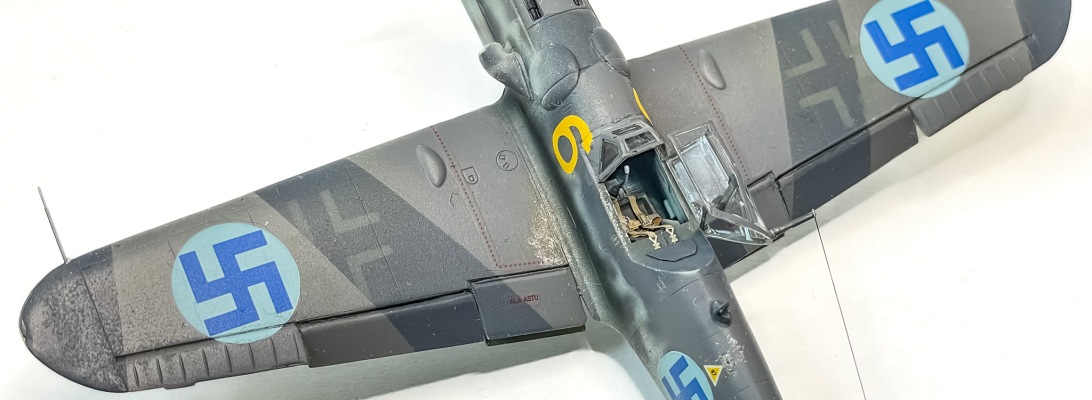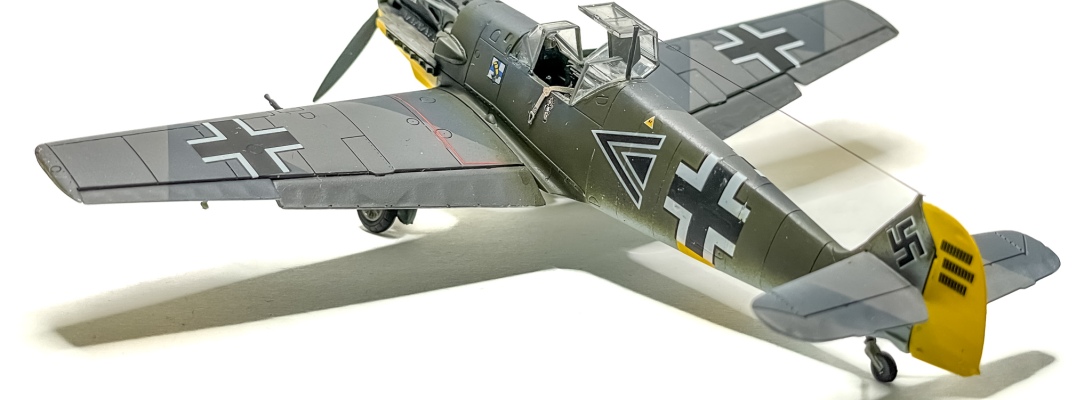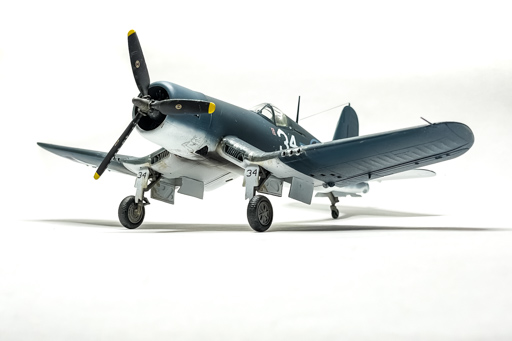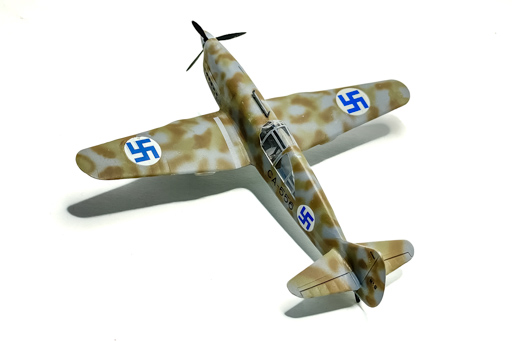After studying all the material I could find about the EB-29 mothership, I believe I have a sufficient understanding of the modifications that are needed to transform the Academy 1/72nd scale B-29A kit into a model of the EB-29. Apart from modifications that were made to the aircraft to be able to carry the X-1, the kit can also be enhanced by adding a few details here and there; generally, the kit is excellent, though.
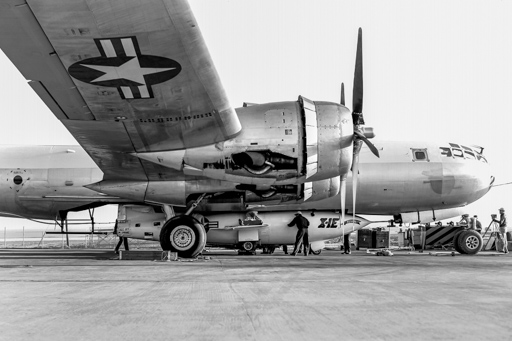
The Academy kit is generally considered the best 1/72nd scale offering of this type. I found some reviews and “build reports” of the kit on the Web, including this one, but as a general rule I like to do my own research to figure out how to correct and improve kits.
Continue reading
